Rodolphe Guenoden is working in animation for over 20 years. Within Dreamworks Animation, he participated in projects such as THE PRINCE OF EGYPT, THE ROAD TO EL DORADO, SINBAD: LEGEND OF THE SEVEN SEAS or KUNG FU PANDA.
What is your background? What was your role(s) on this film?
I have been a traditional animator for the past 22 years, but also tried my hands at CG animation on the first KFP movie. I am also a storyboard artist. On KUNG FU PANDA 2, as with the first one, I served as a story artist, a supervising animator, and fight choreographer.
You are a true Swiss Army Knife, how did you manage so many different roles on this film?
Well, I like taking movies from beginning to end, and especially even more with those movies. The studio has always been great at letting me express myself in story and animation. Since I had animated the fight scenes in SINBAD, LEGEND OF THE SEVEN SEAS. The studio let me try my hands at choreographing the fight scenes on the Panda movies too, as well as supervising some of the more « talking » sequences. As an animator, my love for acting couldn’t be satisfied with only action scenes, of course.
What was it like collaborating with Director Jennifer Yuh Nelson?
Jen and I have been working together for years now, since SINBAD, so it was a great pleasure to have her direct this movie. We always brainstormed ideas for action scenes in order for those scenes to serve the characters emotionally and make the story progress. An action scene without a tone or character moments becomes very quickly tiring and lacks interest. Jen always pushed to get the best out of those moments.
Can you explain how you approached the script for this new adventure?
In the storyboarding process, the script is never « locked ». As we draw the scenes, the plot and the characters evolve. The script remains a foundation from which we are able to explore. Jennifer has always been fantastic at keeping her focus towards the story she wanted to tell, and still giving us some freedom to explore our scenes.
The film mixes different styles of animation. How did you choose these different approaches and what were your references?
It quickly became part of the pedigree for the Panda franchise to mix animation techniques. The first movie started with Po’s dream, and we wanted it to be treated differently from his « real » world. For this new movie, Jennifer thought it’d be nice to explore Po’s memories in a similar manner. That decision allowed me to animate in 2D again, which I love. The opening of the movie, about Lord Shen’s past, needed to be told as a legend or a folk story people would tell kids. That’s when it seemed like the right choice to use traditional Chinese shadow puppets. The production designer Raymond Zibach and the art director Tang Heng succeeded at giving this beautiful look.
How many seconds of animation were made per week?
Animators are encouraged to produce about 5 seconds of animation per week, depending also of how many characters are on screen. It can vary because of the scenes’ difficulty.
Can you explain in detail the choreography creation of the many battles in the film?
Having been practicing martial arts for over 20 years, it was somewhat natural for me to imagine and draw those scenes. I’ve drawn in thumbnails most of the scenes, and also animated in 2D some others, to explore the movement deeper and satisfy my own animation hunger. On those thumbnail pages, I also wrote specific notes that explained the fragmentation of the movements. It was easier and faster for the CG animators to work from those drawings.
What are your references and inspiration for the fights choreography?
The inspiration is guided by the tone and purpose of the scenes. Then I had to imagine how to serve those scenes. Of course, since the first movie, we’ve all been watching numerous martial arts movies of all origins and eras. We also studied the original animal forms the Furious Five are based on through books and videos. But we had to take some liberties too in order for the personalities of the characters to be expressed in their way of moving and fighting.
What was the biggest challenge with Lord Shen?
Ha! I think the biggest challenge was having done Tai Lung in the first movie! We had to create a villain for this new episode that was unique. Since it was decided he was going to be a peacock, we wanted him to still be surprisingly dangerous, even lethal. We also wanted him to be a great sword master. As Beijin Olympics were going on, I stumbled upon some clips of rhythmic gymnastics and was awed by the flexibility and coordination. I tried to implement that in the way he moves, mixed with academic sword fighting. It makes him graceful and unpredictable.
How have you created and animated the huge plumes of Lord Shen?
His tail was a great challenge, but I wanted him to use it as a limb of sorts while fighting. To explore the possibilities at the development process, I had done a 2D test that the Head of Animation Dan Wagner translated into CG. It was important to try things out early enough to help the rigging department visualize what we wanted to accomplish.
Did the wolves cause you any problems?
The problem they caused is their numbers. They were always so numerous on screen; it slowed the process for the animators to render their scenes on some occasions. But it was great to have also so many « punching bags » around for our heroes!
Were there any shots or sequences that prevented you from sleeping?
Having to help so many animators at the same time for those big battle sequences was quite intimidating. It was a constant juggle, making sure I could feed everybody what they needed while supervising some other sequences. It seems to have been smooth for everybody though.
How long did you work on the film?
I started working on the sequel since 2008, almost right after the release of the first movie which had started in 2003. So it all makes a few years with those characters. Because the world created and the characters being so appealing, it never became boring or redundant. It’s a fantastic experience for me.
What was the size of your team?
The size of the animation team always varied depending of the sequences we were all working on. The battle sequences demanded more hands, obviously. The full animation crew was of 50 or 60 animators at the end of the production. But each supervisor has to lead from 5 to 8 animators generally.
What did you take away from this experience?
I love this movie for having pushed things farther. It’s more epic, ambitious and more emotional. It is great that we get to witness Po grow as a character, see part of his past and see how his relationship evolve with the Furious Five. On the personal level, it was a fantastic professional experience to work with Jennifer as the director. She is a visionary.
What is your next project?
We’ll see….
What are the 4 movies that gave you the passion of cinema?
I guess all of Spielberg movies in the 70s and 80s got me drugged on movie making among others. BASIL OF BAKER STREET made me want to mix movie making and drawing and become an animator.
A big thanks for your time.
// WANT TO KNOW MORE ?
– Dreamworks Animation: Official website of Dreamworks Animation.
© Vincent Frei – The Art of VFX – 2011

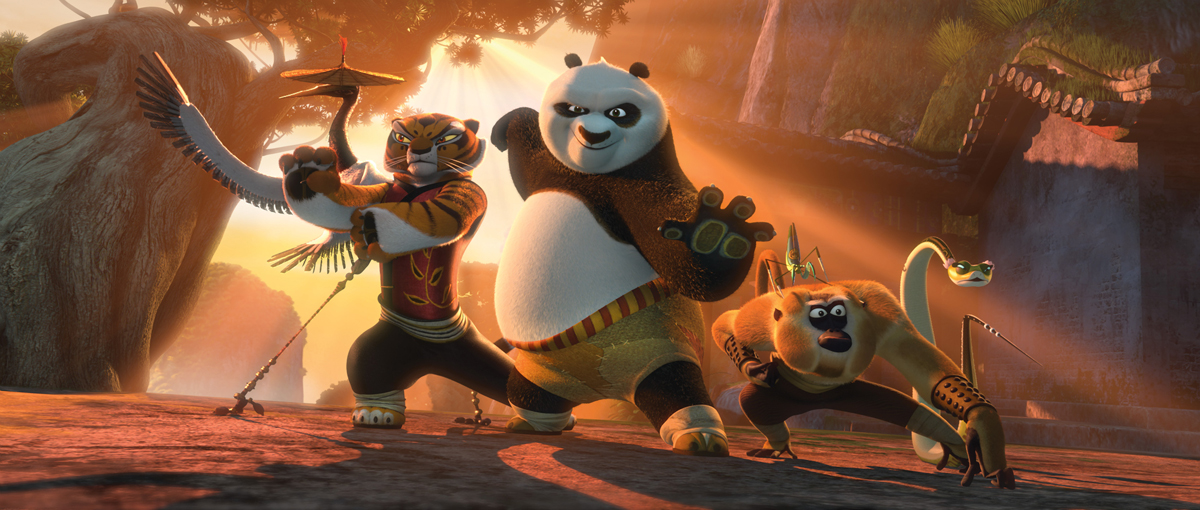

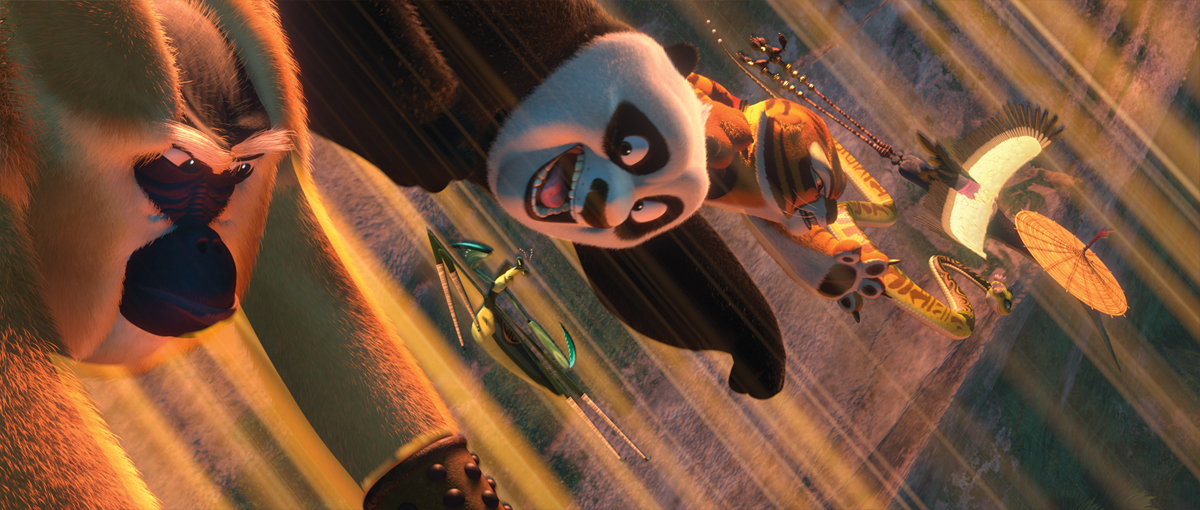
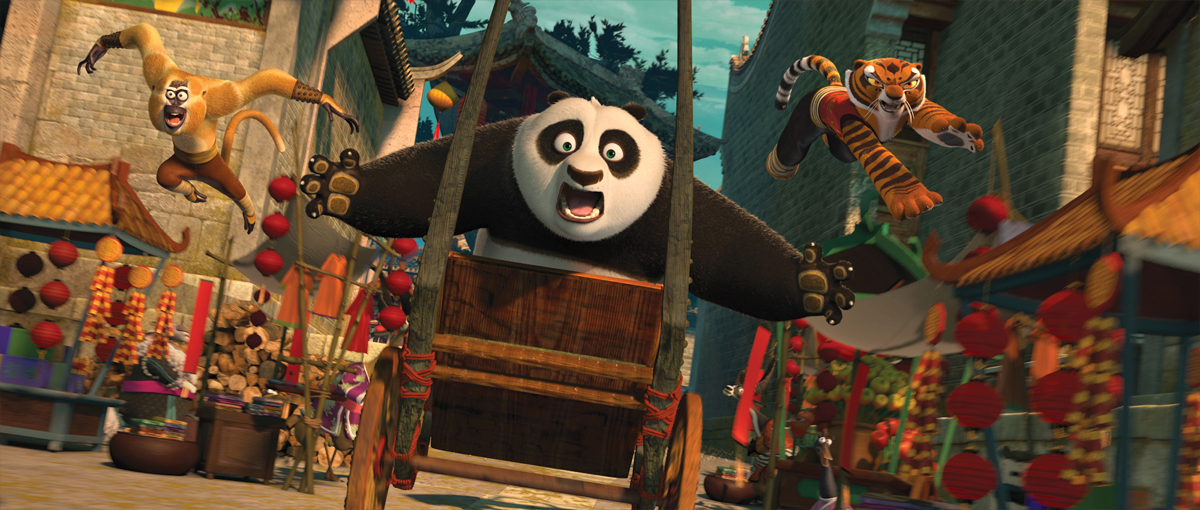
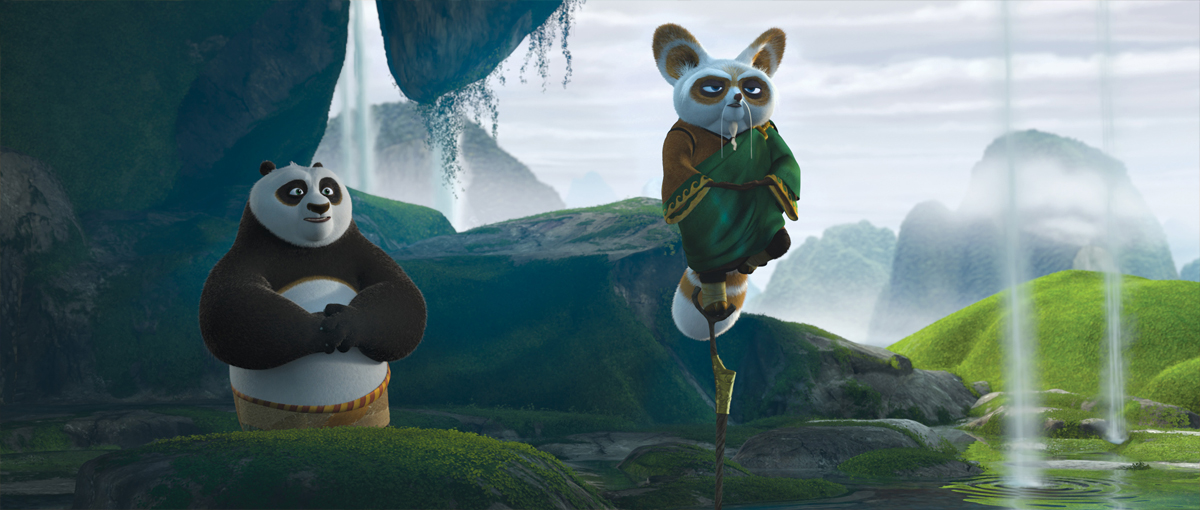
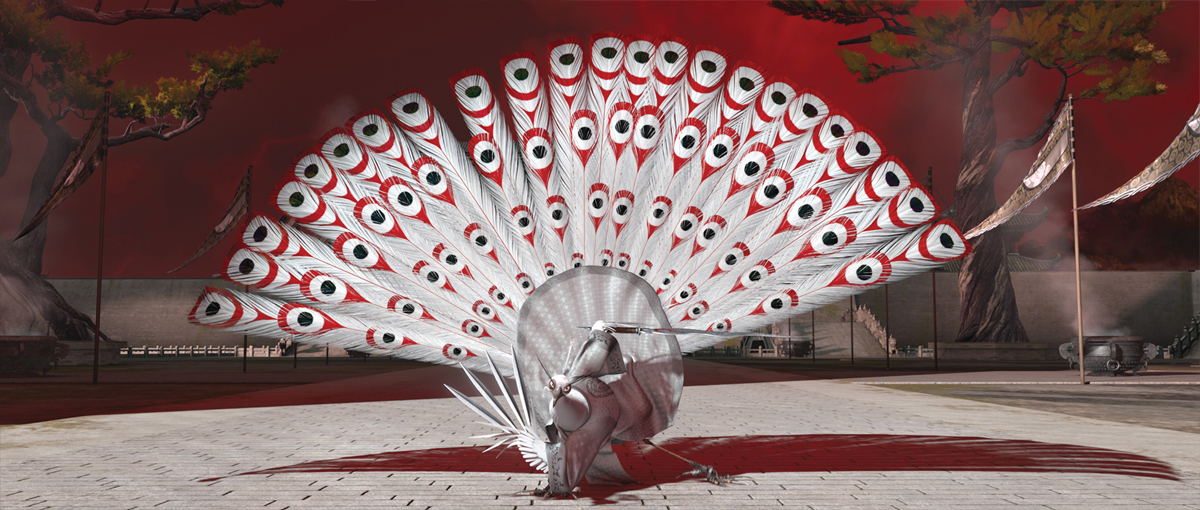
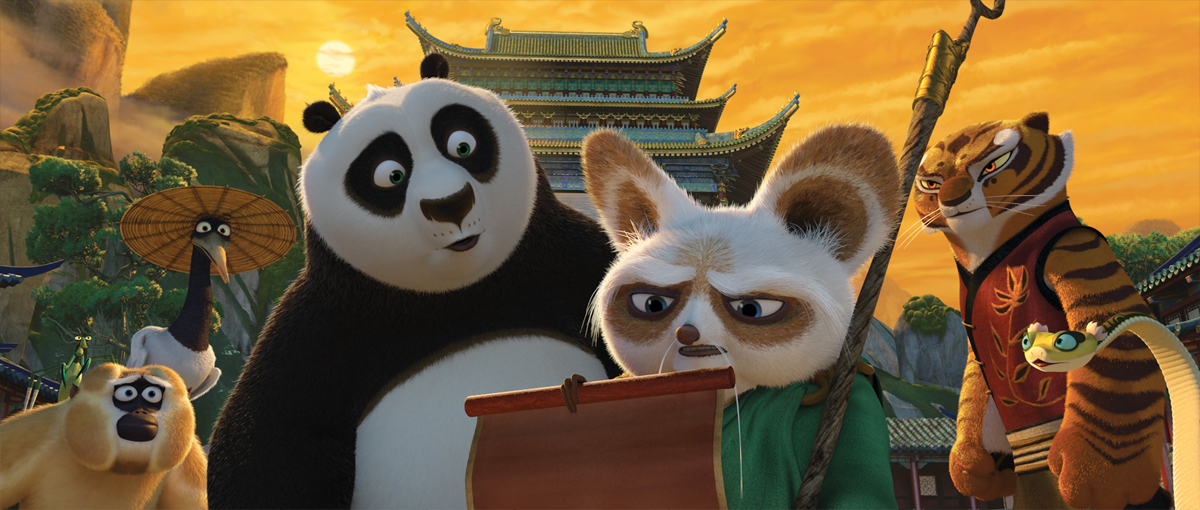
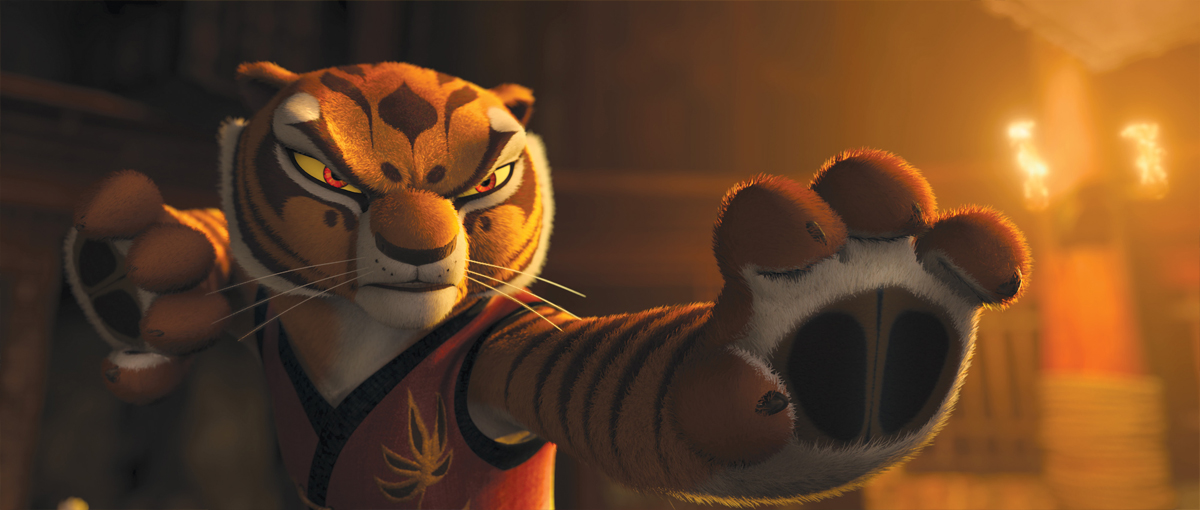
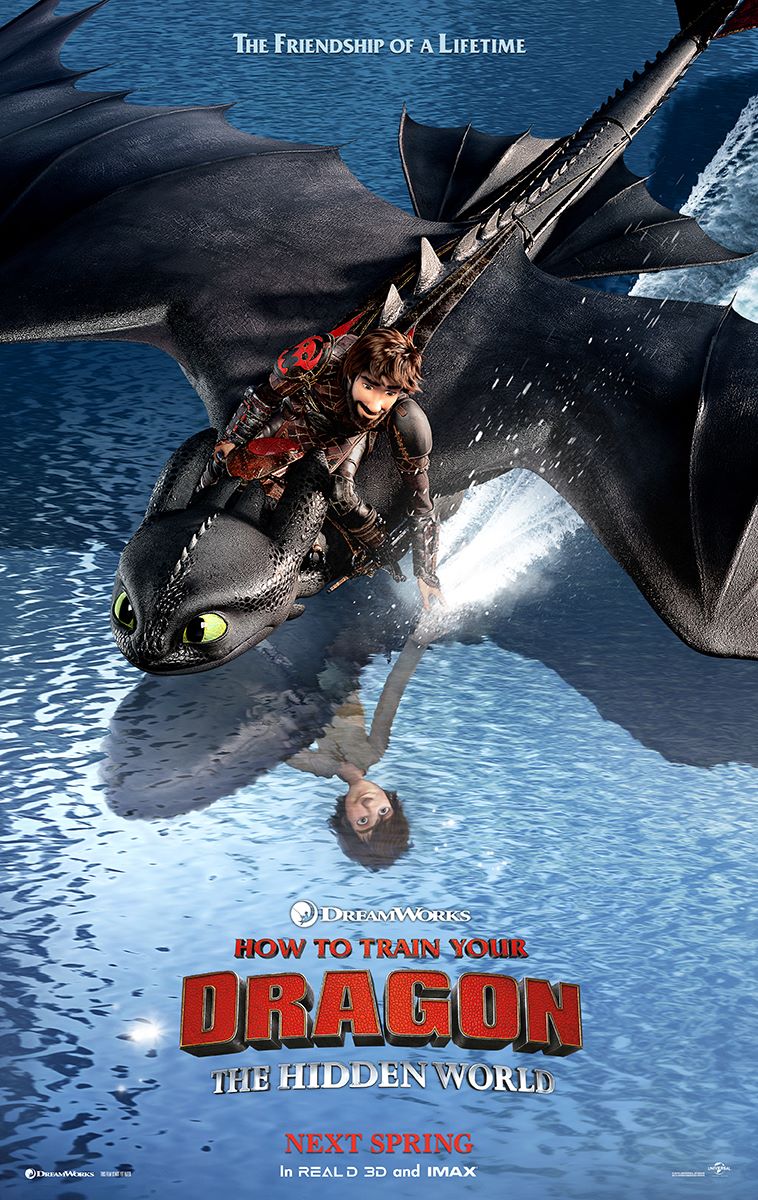


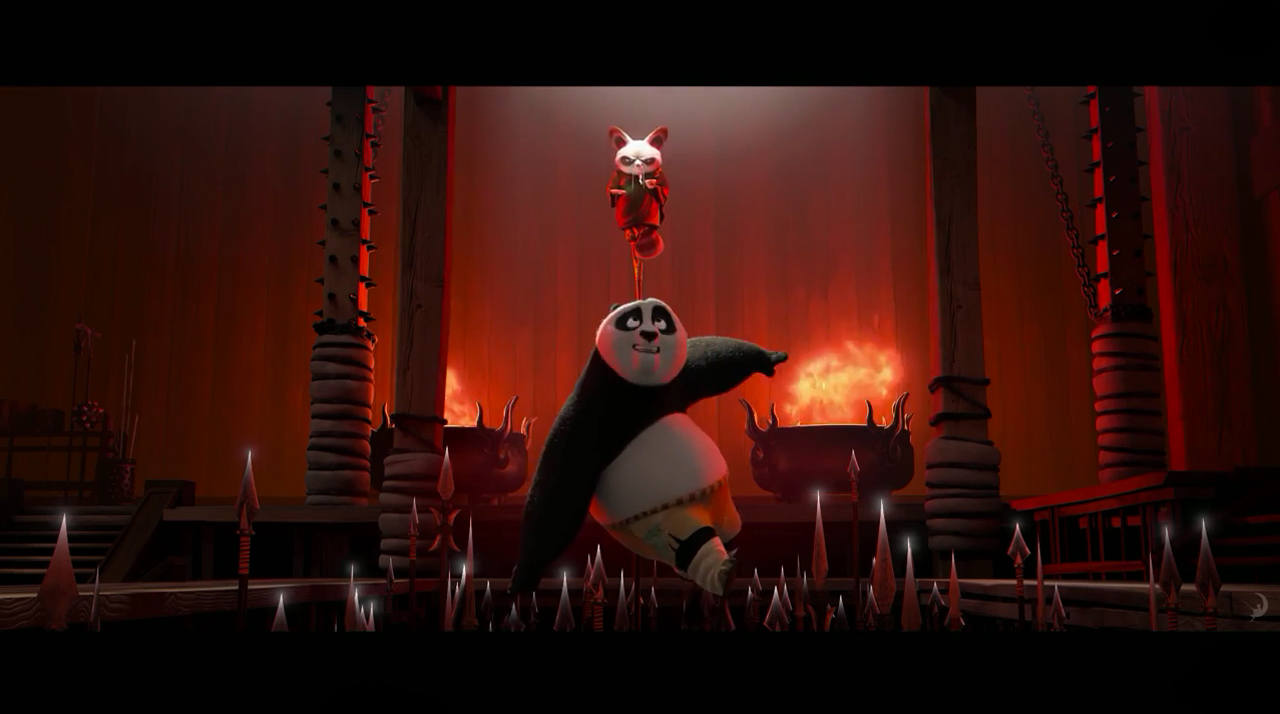
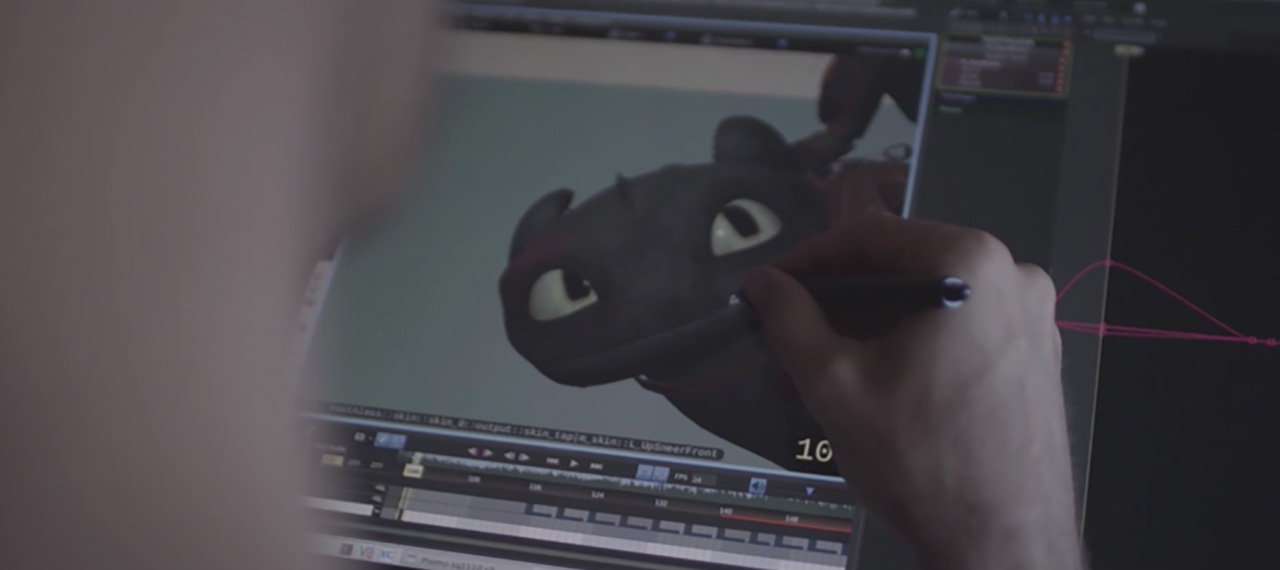
Han plz!
Une petite traduction svp ! (même un peu plus tard)
J’aurais bien aimé la lire, j’aime beaucoup Rodolphe!
Merci d’avance !
Awesome. it is amazing